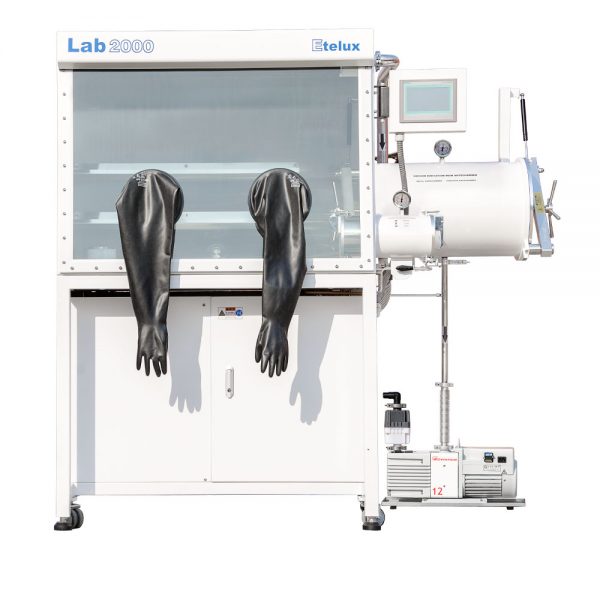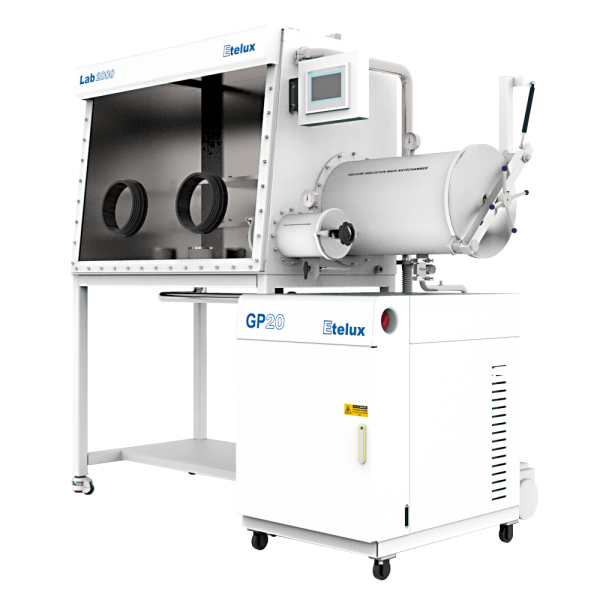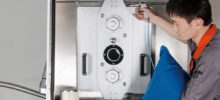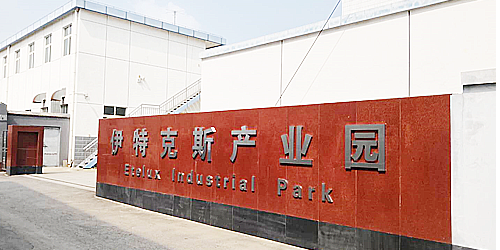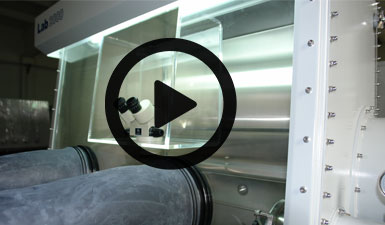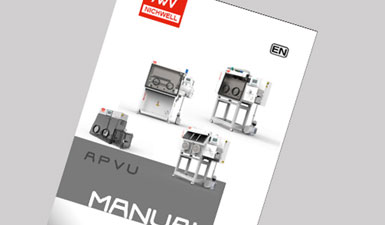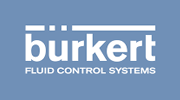Choose the right explosion-proof glove box, need to consider a combination of factors, the following are some suggestions:
Define the use of demand:
The number of operators: to determine the need for several people operating in the glove box at the same time. If it is a single person operation, you can choose a small glove box; if it is a multi-person operation, such as two, four or more people, you need the appropriate size and layout of the large glove box to ensure that the operating space is comfortable and do not interfere with each other.
Experiment type and size: different experiments on the glove box features and specifications of different requirements. For example, for small fine experiments, the operating space and internal layout requirements may not be high, but the precision of environmental control (such as oxygen, moisture content control) requirements of strict; and large-scale sample processing or production operations of the experiment, you need a larger operating space and a strong carrying capacity.
Exposure to substances: to understand the experimental process will come into contact with substances, including chemical reagents, gases, dust, etc., to clarify its nature (such as whether flammable and explosive, whether corrosive, etc.). This determines the choice of glove box box material, for example, for corrosive substances, you may need to choose corrosion-resistant materials, such as 304 stainless steel; for ordinary experimental environments, acrylic materials may be sufficient.
Environmental requirements: Specify the specific environmental conditions required for the experiment, such as temperature, humidity, pressure range. Some experiments may need to be carried out at high or low temperatures, which requires the glove box to have the appropriate temperature adjustment function; some experiments on the humidity control requirements are strict, you need to choose a good humidity control ability of the glove box.
Consider the safety performance:
Explosion-proof level: understand the explosion-proof level of the glove box to ensure that it meets the explosion-proof requirements of the place. Different industries and application scenarios have different standards and regulations for explosion-proof level, for example, in the petrochemical industry, the explosion-proof level is usually higher. To check the relevant certification and test reports of the glove box, to confirm that its explosion-proof performance is reliable.
Sealing performance: good sealing performance is the key to explosion-proof glove box. Check the sealing structure of the glove box, sealing materials and processing technology to ensure that it can effectively prevent gas leakage and the entry of external impurities. You can understand the sealing design of the glove box, such as the unique window flange and seal design structure, and whether to use advanced welding technology to ensure the reliability of the seal.
Pressure release device: with a reliable pressure release device, when the pressure inside the glove box is abnormally high, it can automatically release the pressure in time to prevent the explosion. For example, safety valves, rupture discs or pressure sensors and automatic pressure relief system combined with the device, to ensure that its performance is stable and responsive.
Gas monitoring and alarm system: High-precision gas monitoring sensors can monitor key parameters such as combustible gas, toxic gas concentration and oxygen content inside the glove box and in the surrounding environment in real time. Once the gas concentration exceeds the safety limit, it should be able to immediately issue sound and light alarm signals and automatically start the corresponding safety measures, such as starting the ventilation system, cutting off the power supply and so on. Understand the range of gas monitoring, accuracy and response time and other indicators.
Focus on quality and performance:
Material quality: high-quality materials can ensure the durability and stability of the glove box. In addition to the box material, it also includes the material of the gloves (such as butyl rubber, latex, etc.), and you should choose the gloves that are abrasion-resistant, chemical-resistant, and gas-tight. At the same time, check the material quality of other components (such as pipes, valves, filters, etc.) to ensure that they can operate stably for a long time.
Control system: A stable, easy-to-use control system with intelligent features can enhance operational efficiency and convenience. For example, with automatic monitoring and adjustment of environmental parameters (such as oxygen content, humidity, temperature, etc.), as well as fault alarm and self-diagnostic function, easy to find and solve problems in a timely manner. It is possible to understand the brand of the control system, technical parameters and the friendliness of the user interface.
Purification system: If the glove box needs gas purification, understand the performance of its purification system. Including the purification efficiency, the service life of the purification column, regeneration methods. Efficient purification system can quickly and effectively remove water and oxygen and other impurities in the glove box, to maintain the purity of the internal environment.
Stability and reliability: By checking the quality certification of the product, user evaluation, and the credibility and reputation of the manufacturer, etc., to understand the stability and reliability of the glove box in the long-term use process. You can consult the experience of other users, or refer to the cases and test reports provided by the manufacturer.

